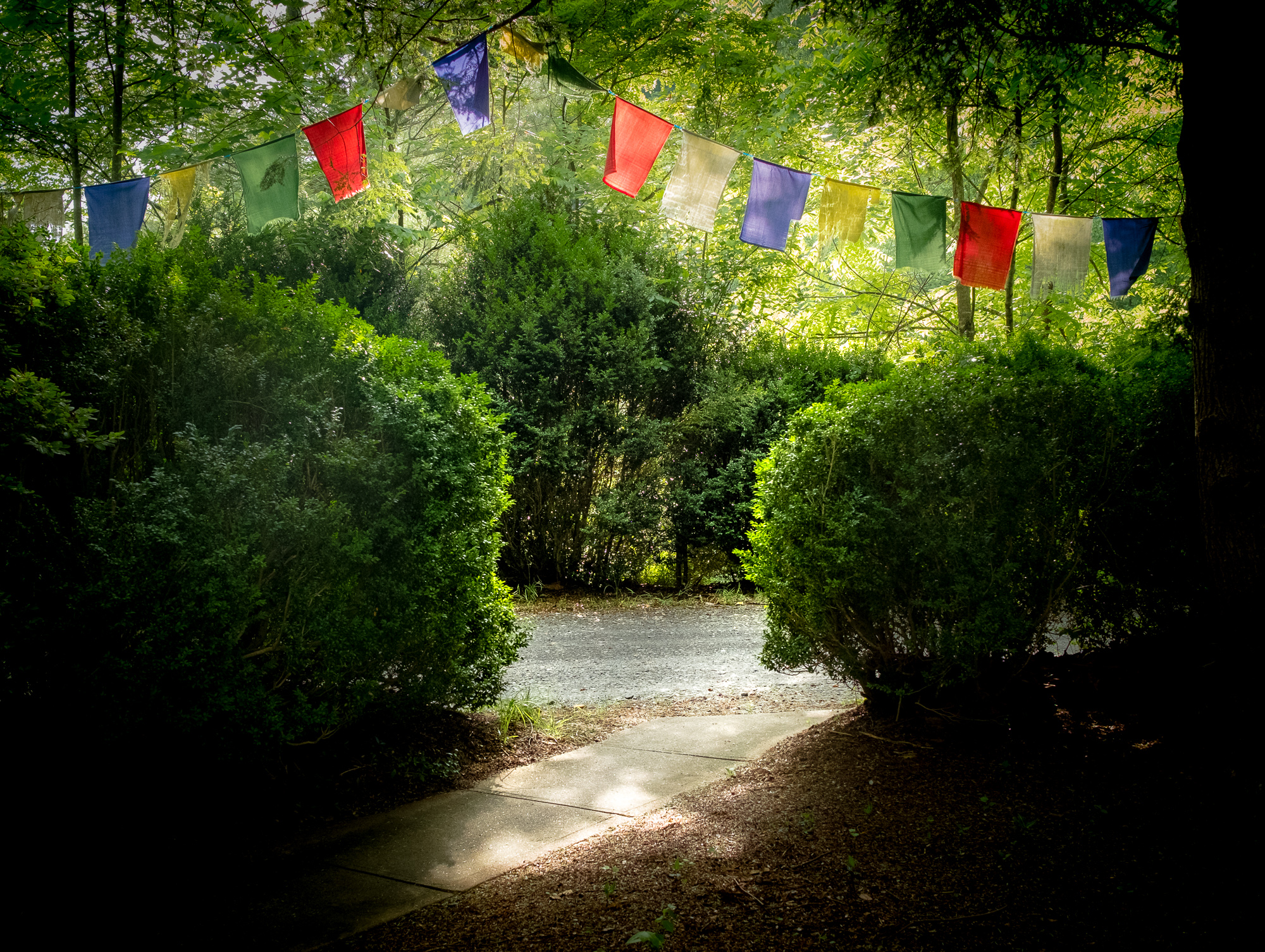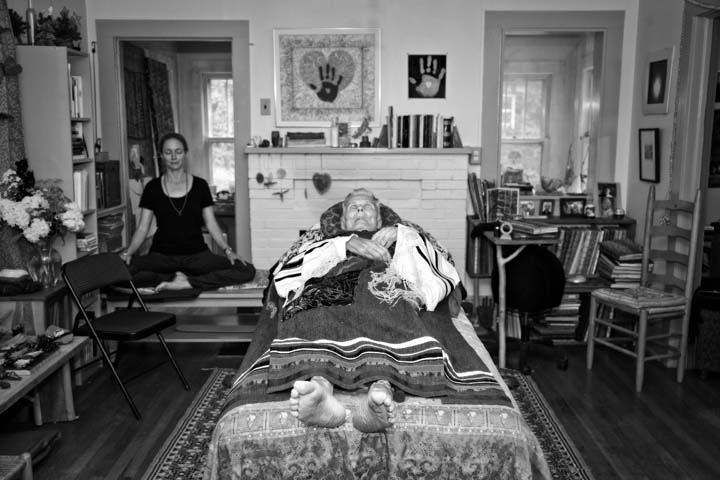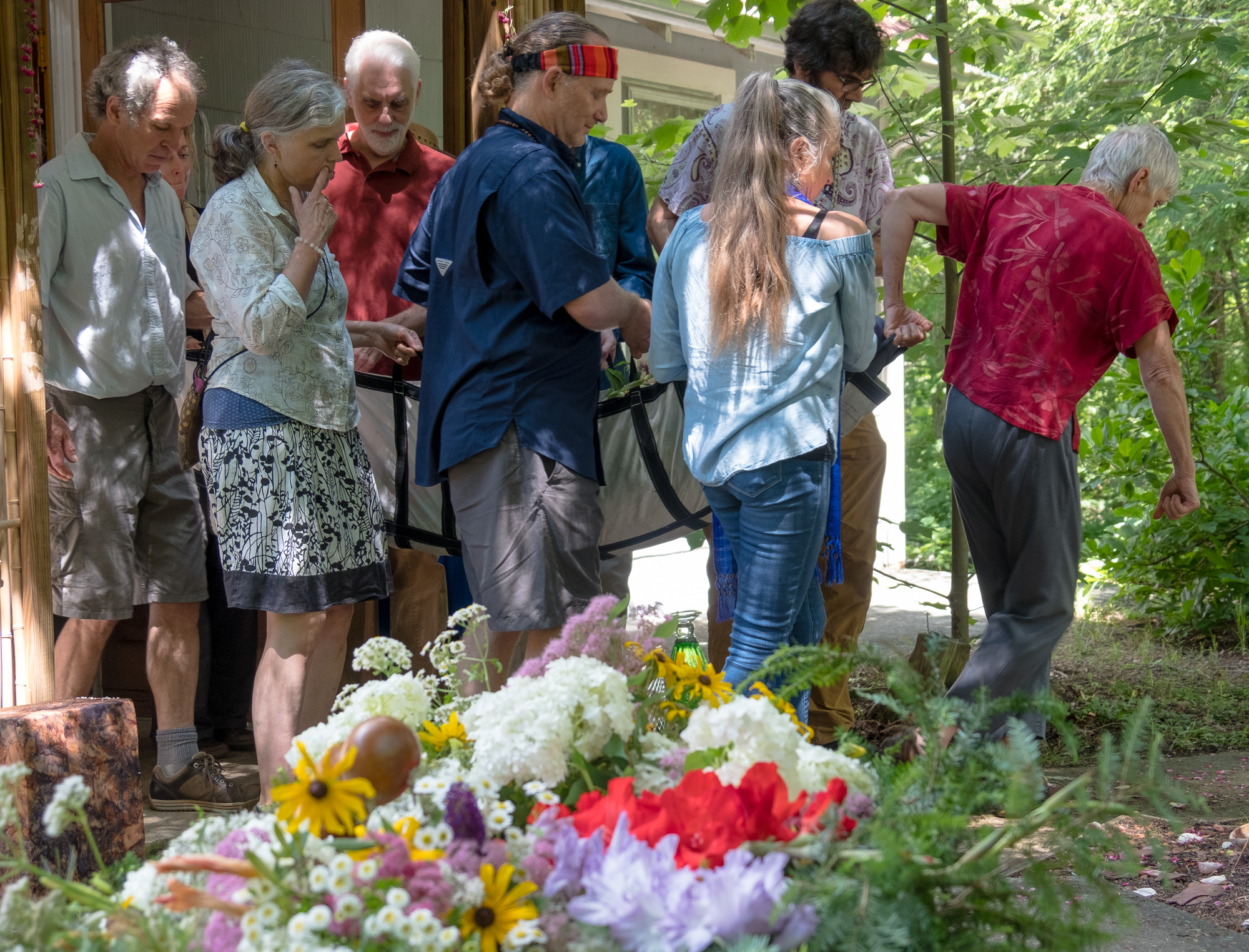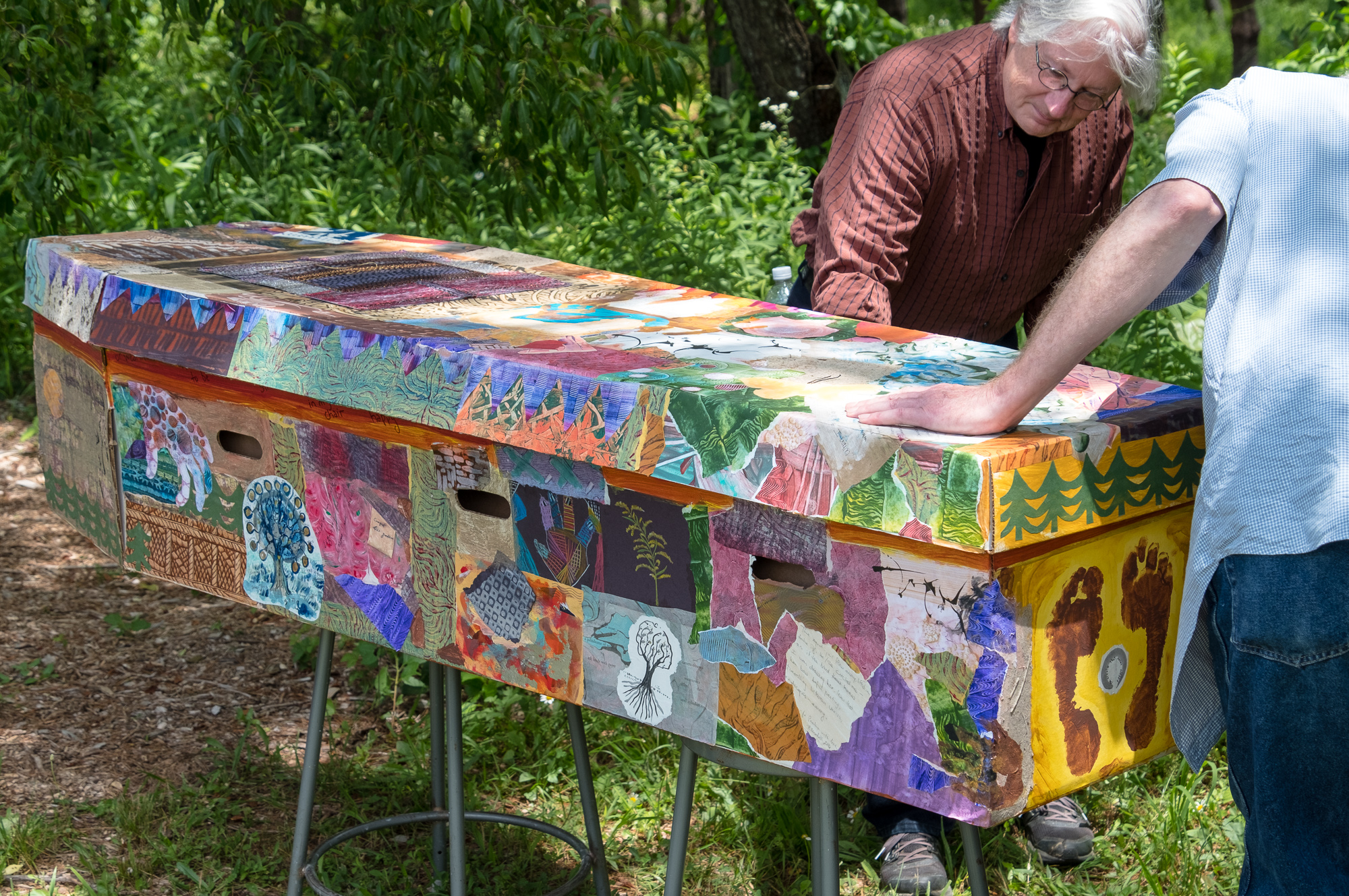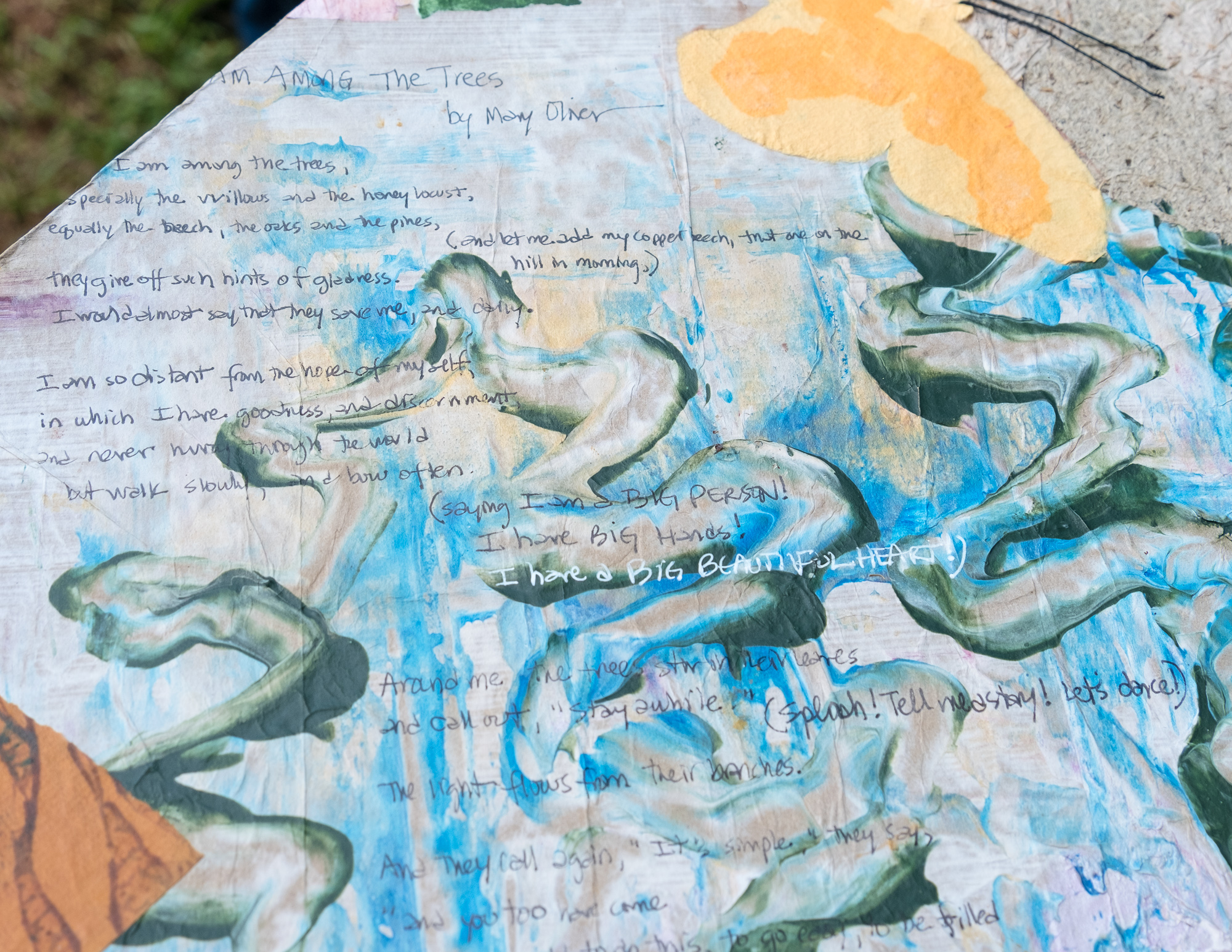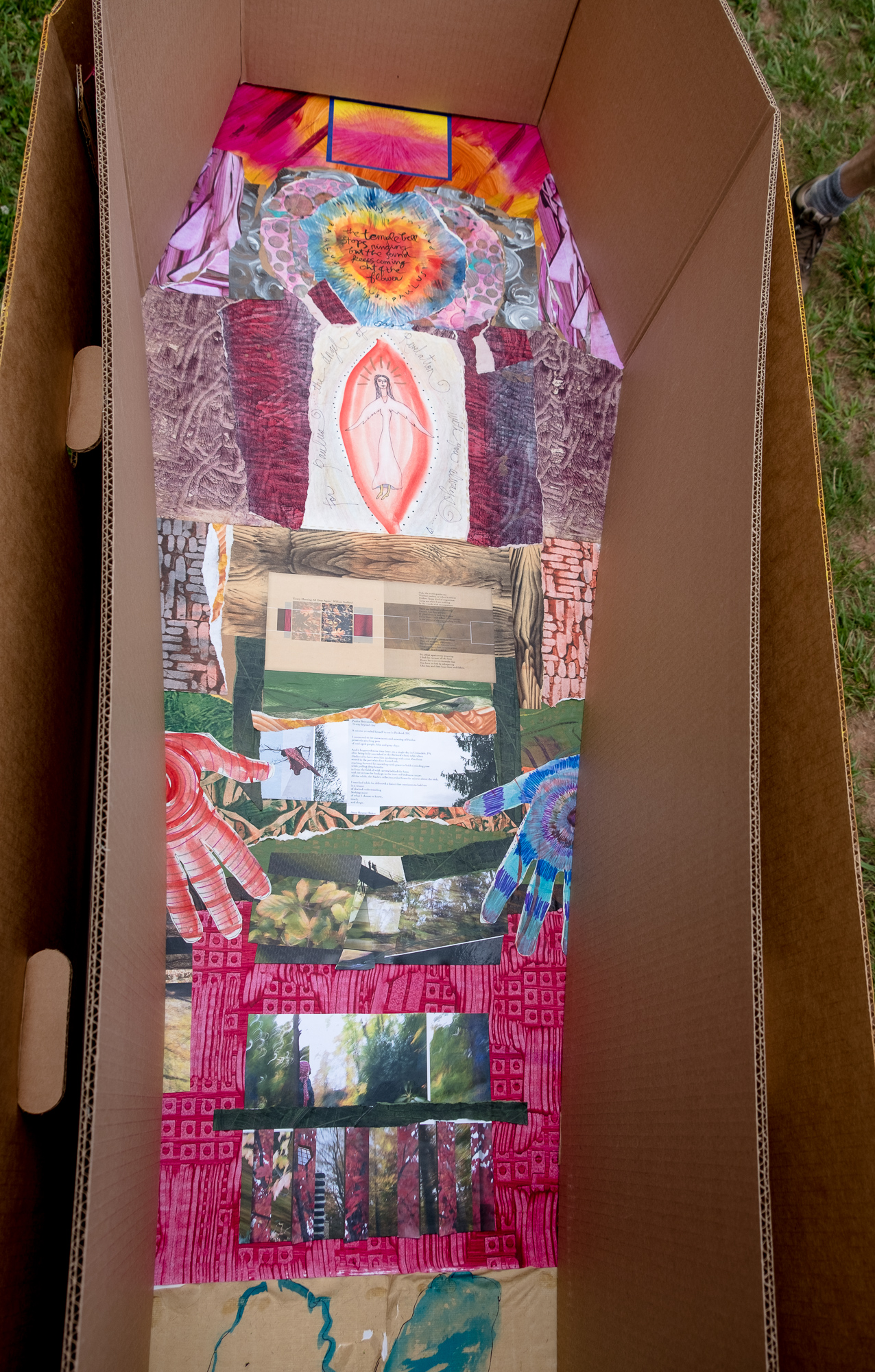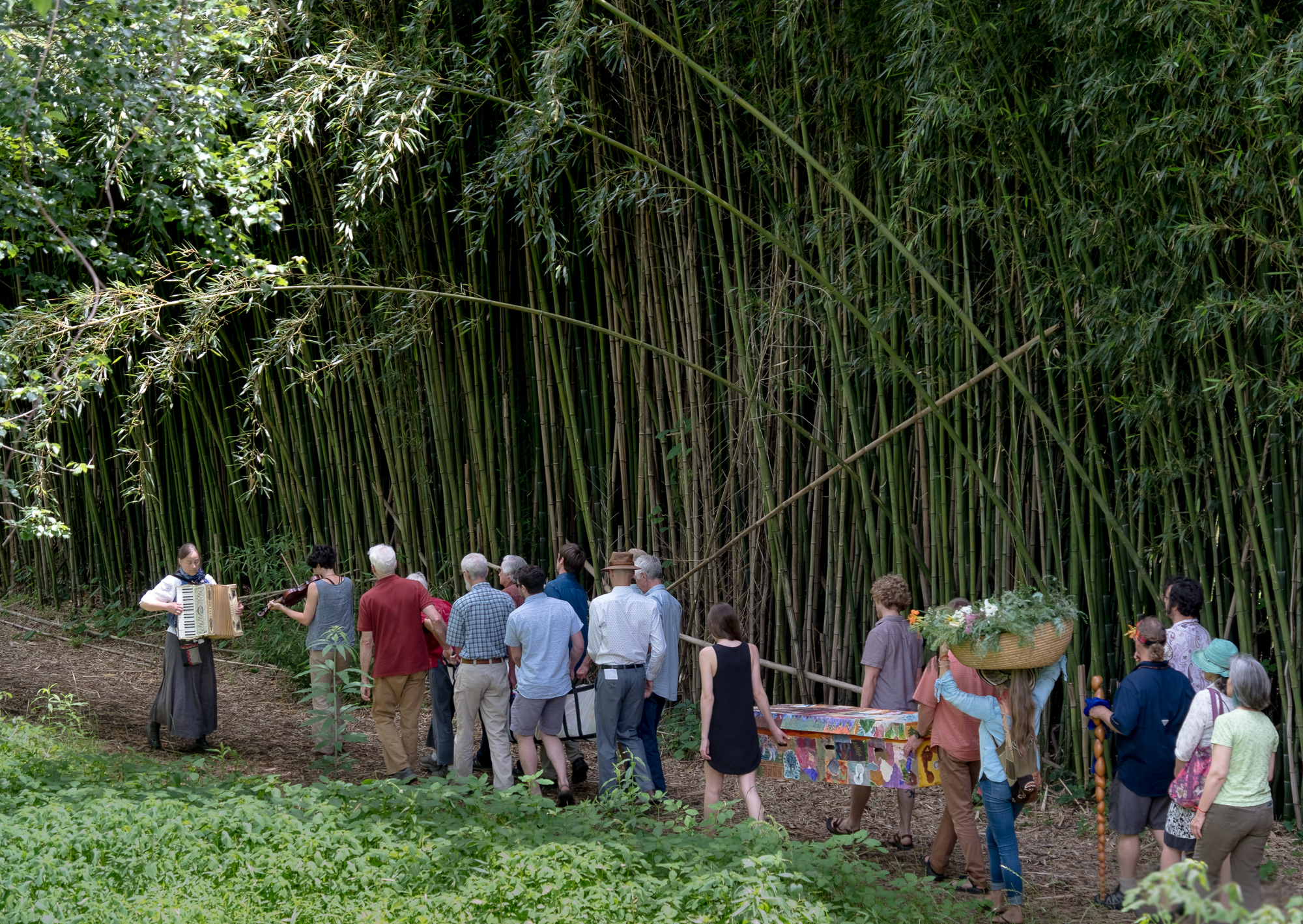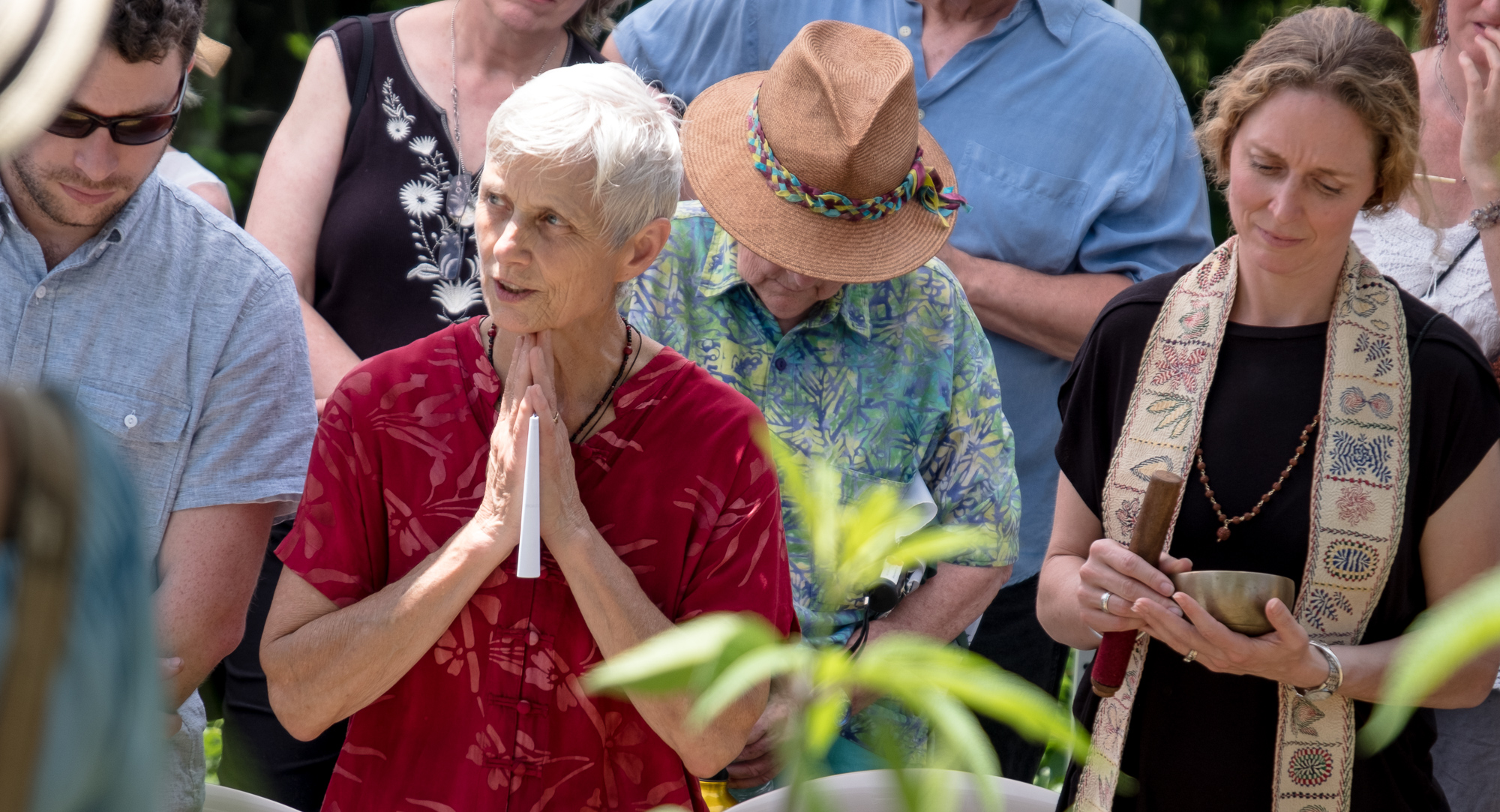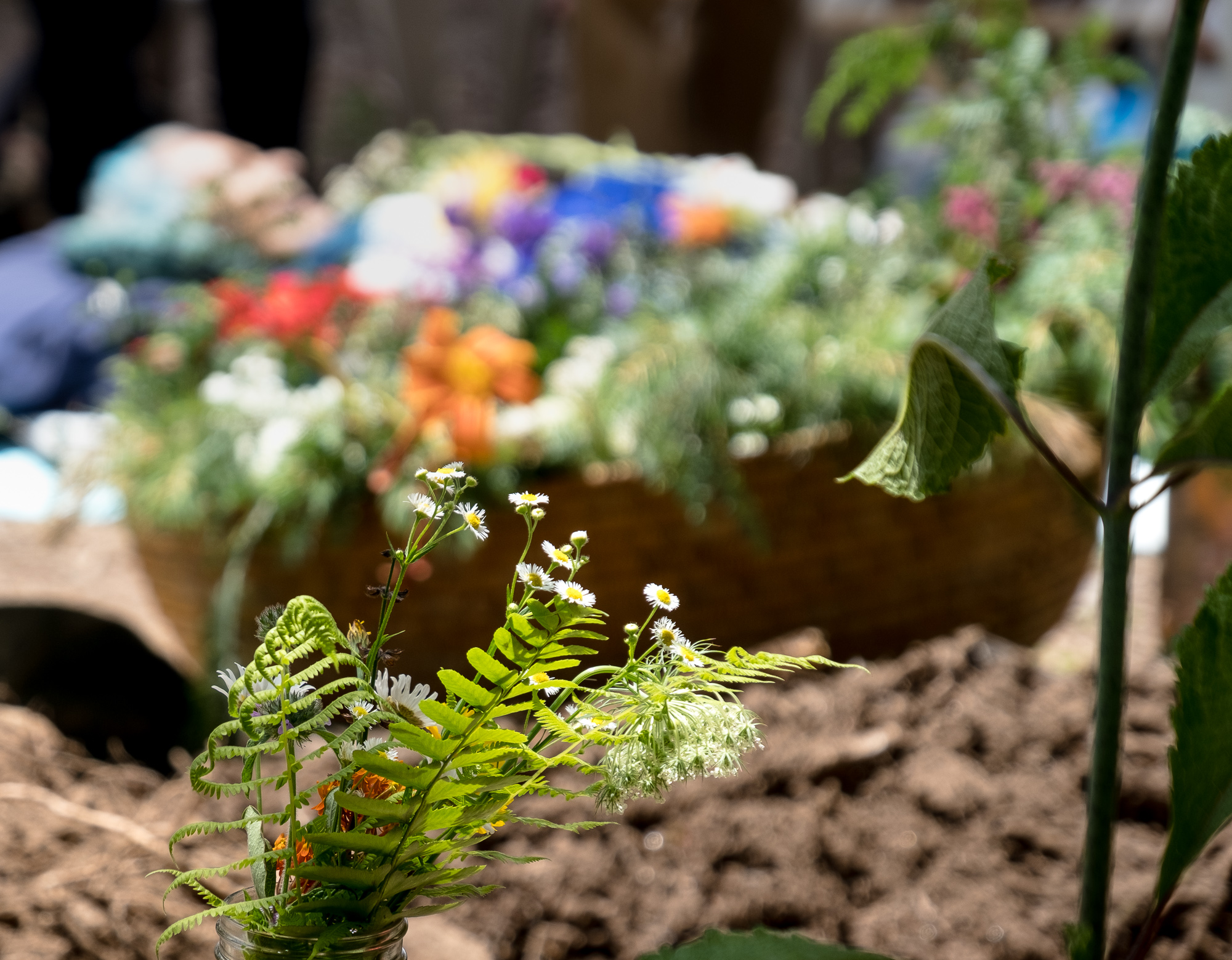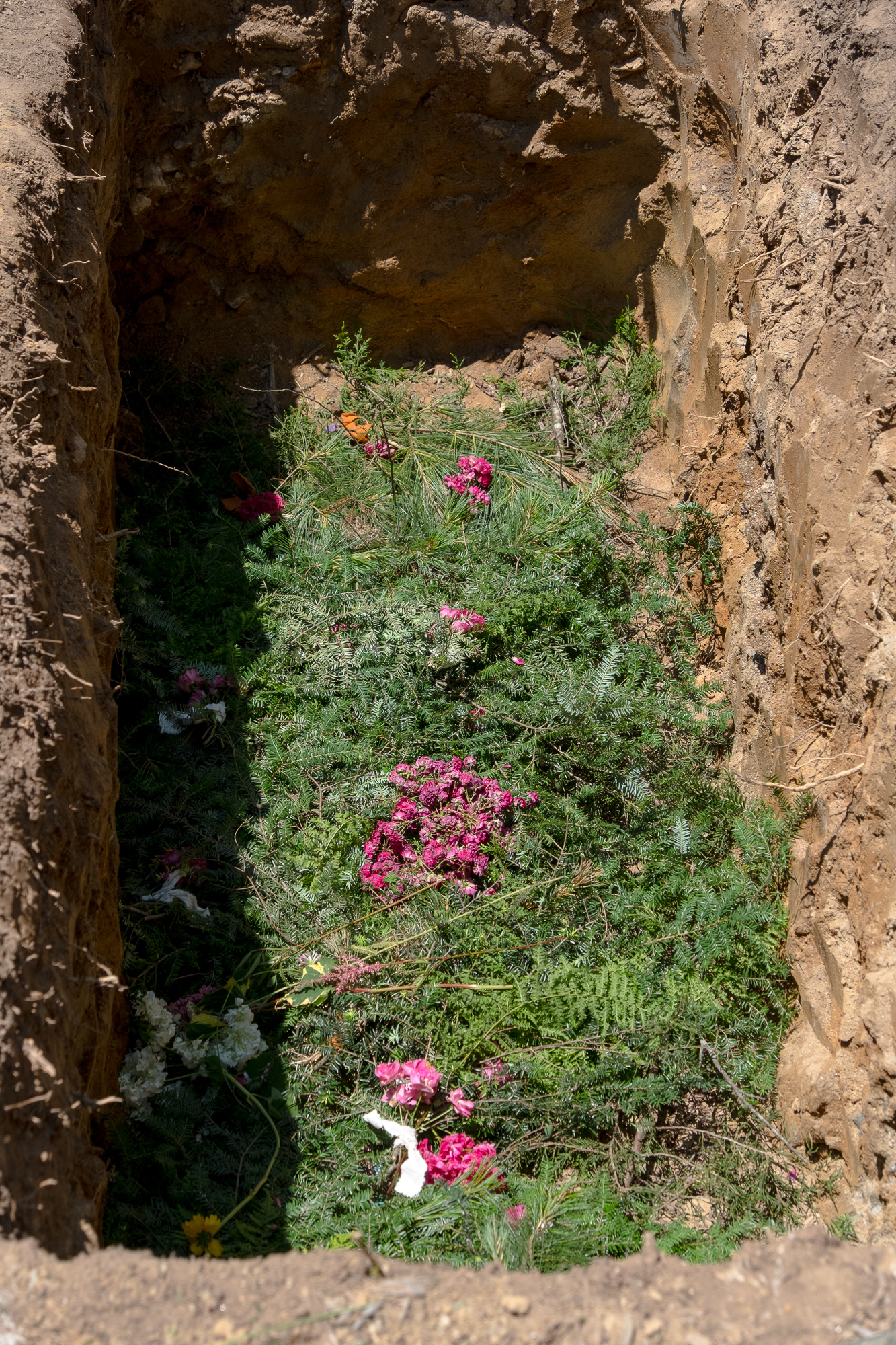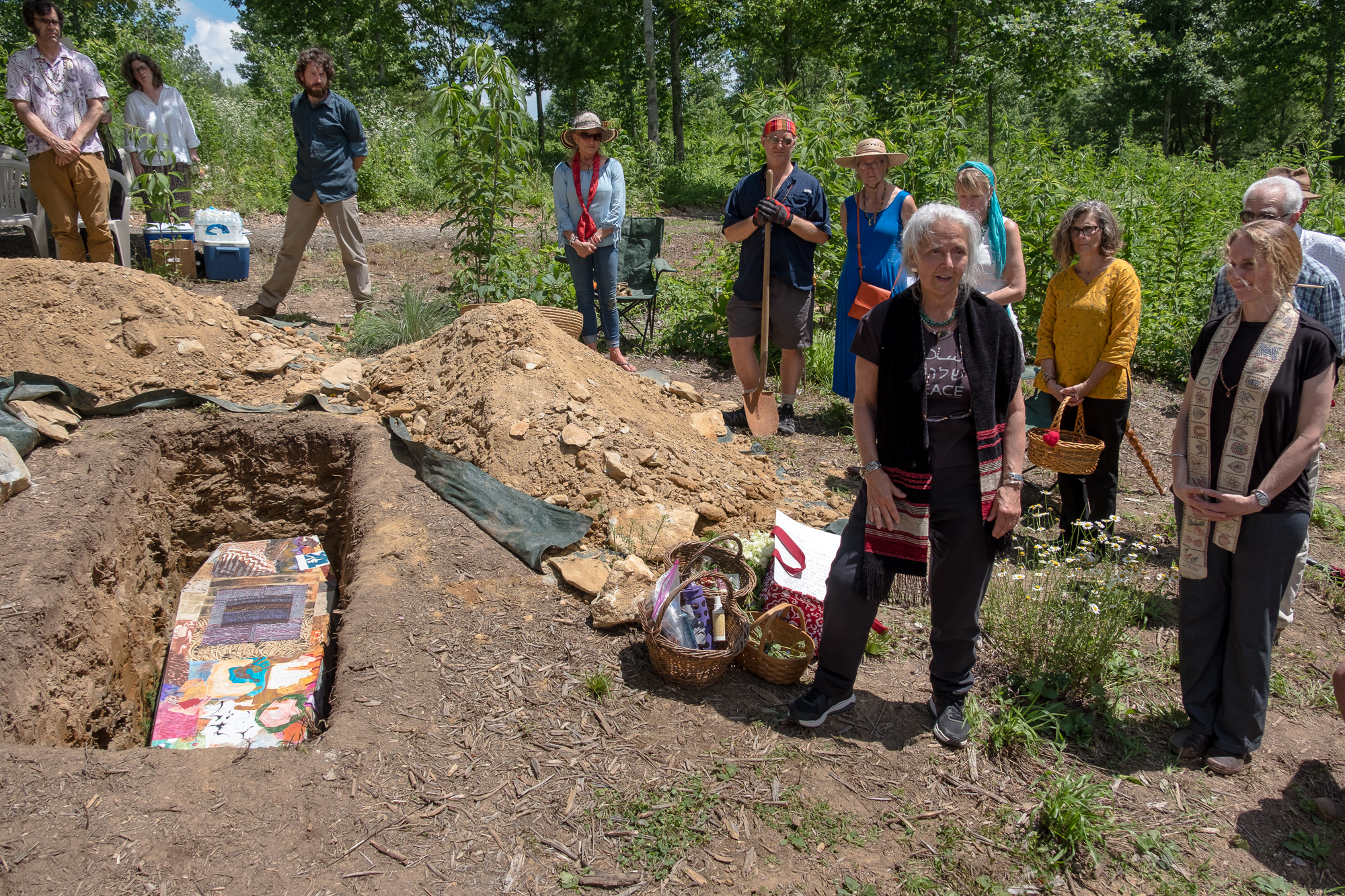It could be argued that it was just stubbornness. My husband, certainly, might put chips down in that camp. I’ll go to my grave asserting that it was something else altogether that had me inquire about whether having my colonoscopy without sedation was an option.
It’s noteworthy to me that it wasn’t listed as a possibility — in the literature before the proceedings or at the hospital. Nurses, after I checked in, told me about how the sedation would work, without asking if I would be choosing it.
When I inquired about my desire to forgo if possible, eyebrows raised. I was told I “could choose not to have drugs, but…” with sentences trailing off into silence. It’s as though if words had been spoken they’d be along the lines of, “but why would someone have their wisdom teeth removed just for fun?”
I persisted with my inquiry. I overheard nurses whispering to other nurses. The doctor was called in. I was surprised when he relayed that he had forgone sedation for his colonoscopy. (I later learned that while less than 1% of his patience experience colonoscopies in this way, in Europe and Asia it is more common.) There’s a lesson in this.
We are deeply conditioned to avoid pain. So much so that, in many cases, it doesn’t occur to us that we need not resist it. In my experience, this is one of the gifts of mediation practice. In learning to be with what is, we are freed to surrender to our experience. Life force is freed to move somewhere other than the conditioned habit of constriction, resistance, and avoidance. Fear is dethroned.
It might sound shiny and glossy when I say it this way. Practice, certainly, seldom feels shiny and glossy. There is no grand soundtrack in the backdrop of actually practicing being with discomfort. And, in the grit of it, there certainly is reward. It’s not the reward of comfort, it’s the reward of freedom.
I’d be lying if I said going through a colonoscopy without any drugs was comfortable. I’d also be lying if I said that it wasn’t, on some level, a glorious experience. Strange right? Did I just use the word glorious in the same sentence as colonoscopy? Am I mad?
One of the benefits of trusting that practice has given you the tools you need to wholeheartedly be with your experience, whether comfortable or not, is feeling the attention freed to explore rather than resist. Should it be the case that you have not had the opportunity to see the inside of your intestines and colon, I can assure you that it is profoundly beautiful territory for exploration.
In practice we talk about meeting our experience, rather than with judgment, with curiosity and gentle inquiry. Often we might apply this to our emotional life. In this case, it was physical. In the end, there is no difference between the two. Both are comprised of the same consciousness. Both are known by the same consciousness. Emotions and the body, arising in the same consciousness. Made of the same consciousness. Known by the same consciousness.
Watching a screen with a real-time view of the exploration, while getting to speak with the nurse who was holding my abdomen to assist with the discomfort, another nurse who was monitoring my heart-rate and oxygen intake, as well as the doctor who led the journey, was a joy. Every turn of the intestines opened to new territory. Seeing the insides of my small intestine was an experience that moved me to tears. I imagine it will stay with me as long as I live.
In practice we talk about non-separateness all the time. In the end, what matters most is the direct experience of it.
Our bodies are oceans. Inside the small intestines live sea anemone. Perfectly rooted. Flowing bodies. Translucent. In actuality just larger than a hair, though on the scope, magnified. Absorbing nutrients. Alive. While a doctor might refer to simple columnar epithelium, I saw them as sea anemone. Serving their perfect function, perfectly, in the body of water we call ‘body.’
We miss such opportunities when we fall for the conditioning that implies that our top priority should be to avoid anything unpleasant.
And, just for the record, this is not to suggest that choosing sedation is ‘just conditioning’ or somehow ‘wrong’ or ‘bad.’ I’m simply underlining that in following our conditioned tendency to avoid discomfort in life, we often miss much along the way. Like, for example, the magical viewing of the small intestines.
(By the way, for those of you who won’t be choosing to be awake for the viewing of your small intestine, here’s a fifteen second animation that you might enjoy instead.)
Choosing to be with discomfort is not the ‘right’ thing to do and it’s not heroic. It’s simply available to us, through the tools of practice, should we wish to be present for all aspects of our existence. Should we wish to be wholeheartedly with our experience, rather than move through our lives avoiding or resisting it.
It’s about opening ourselves to the sea of the body, the sea of the world, and the sea of our experience, should we wish to. Should we wish to experience the joy available in the direct experience of wonder and awe. This is available to us in every moment. In every moment, we can choose not to miss this. We can choose presence over fear.









